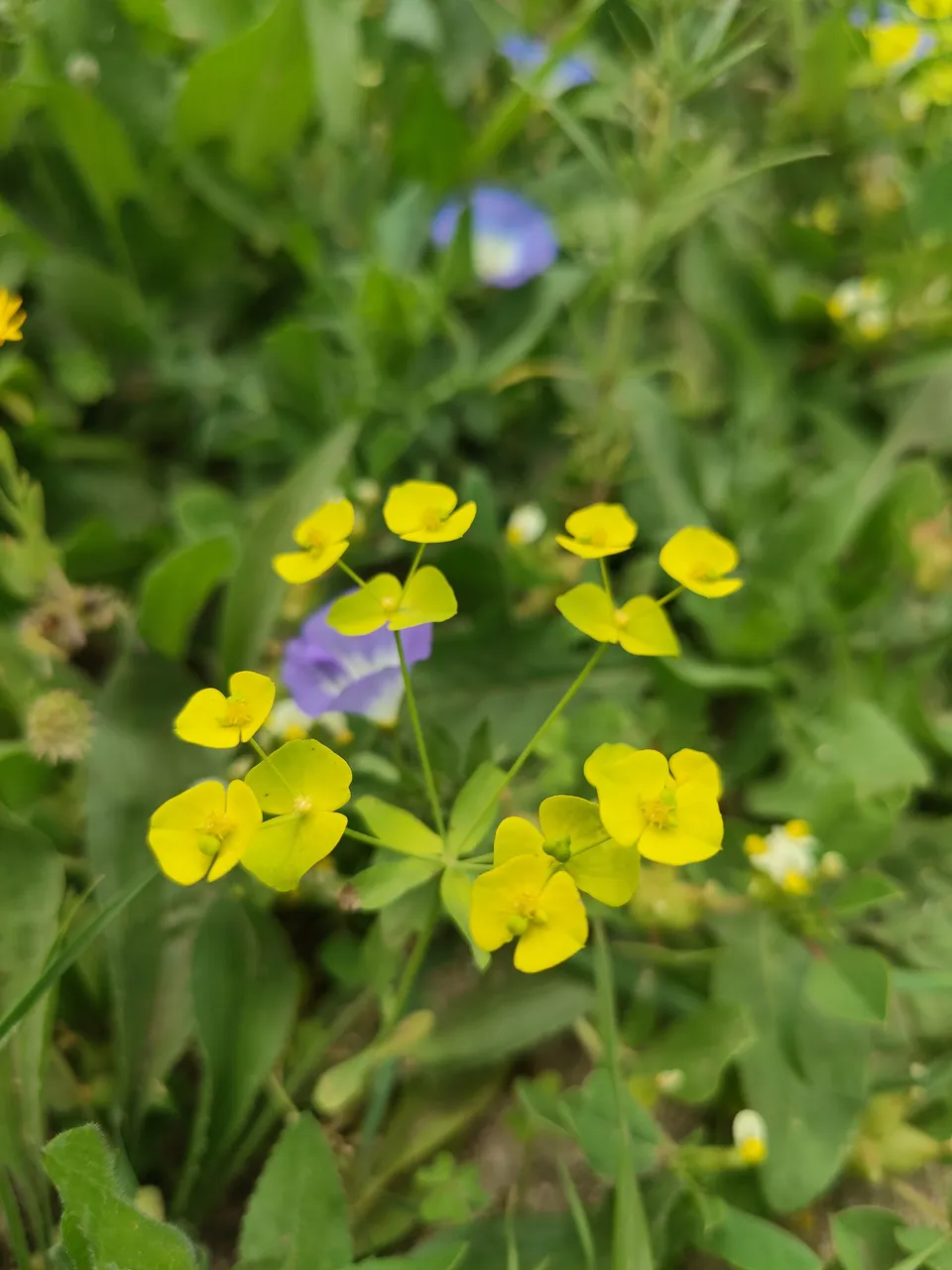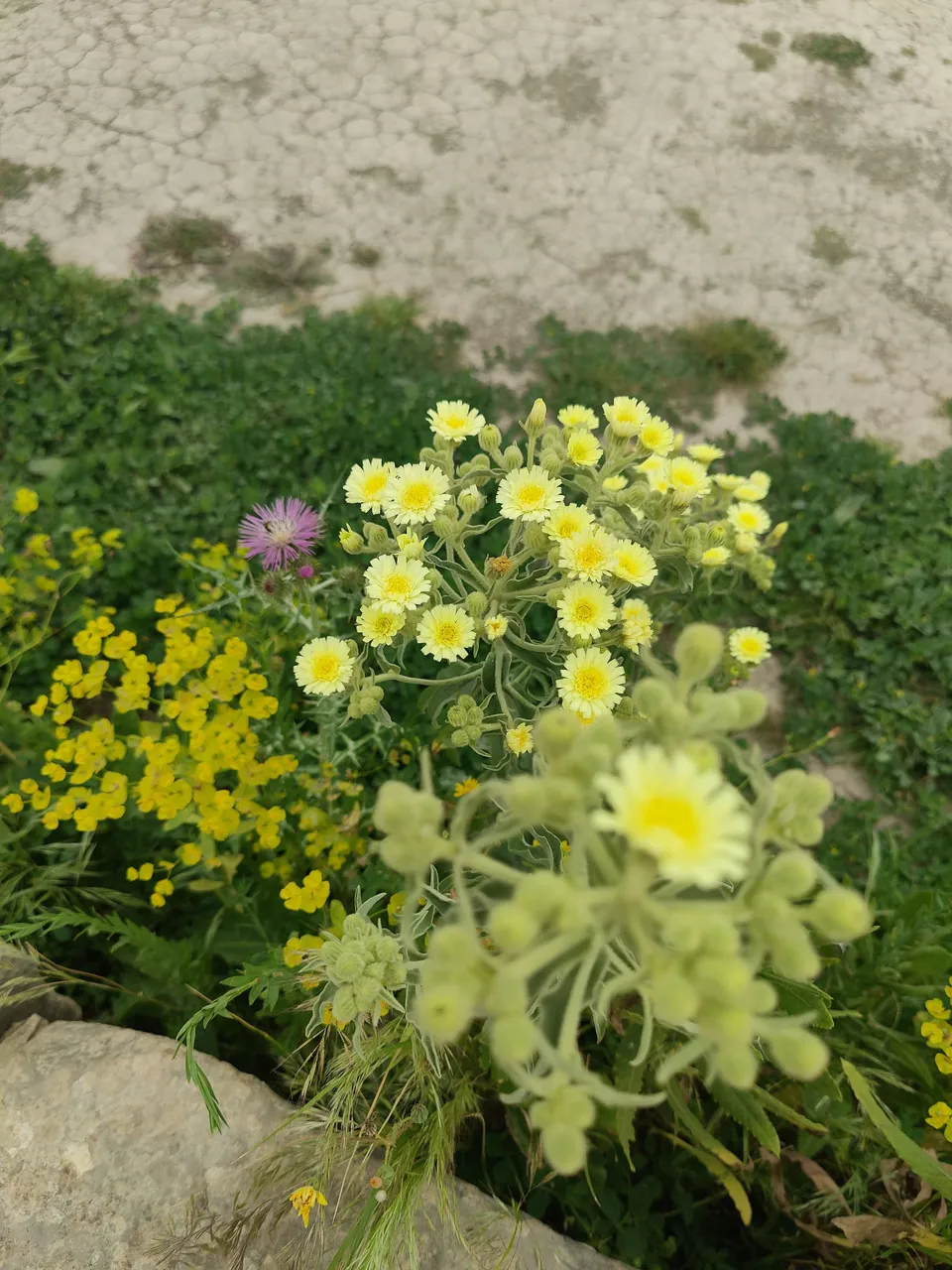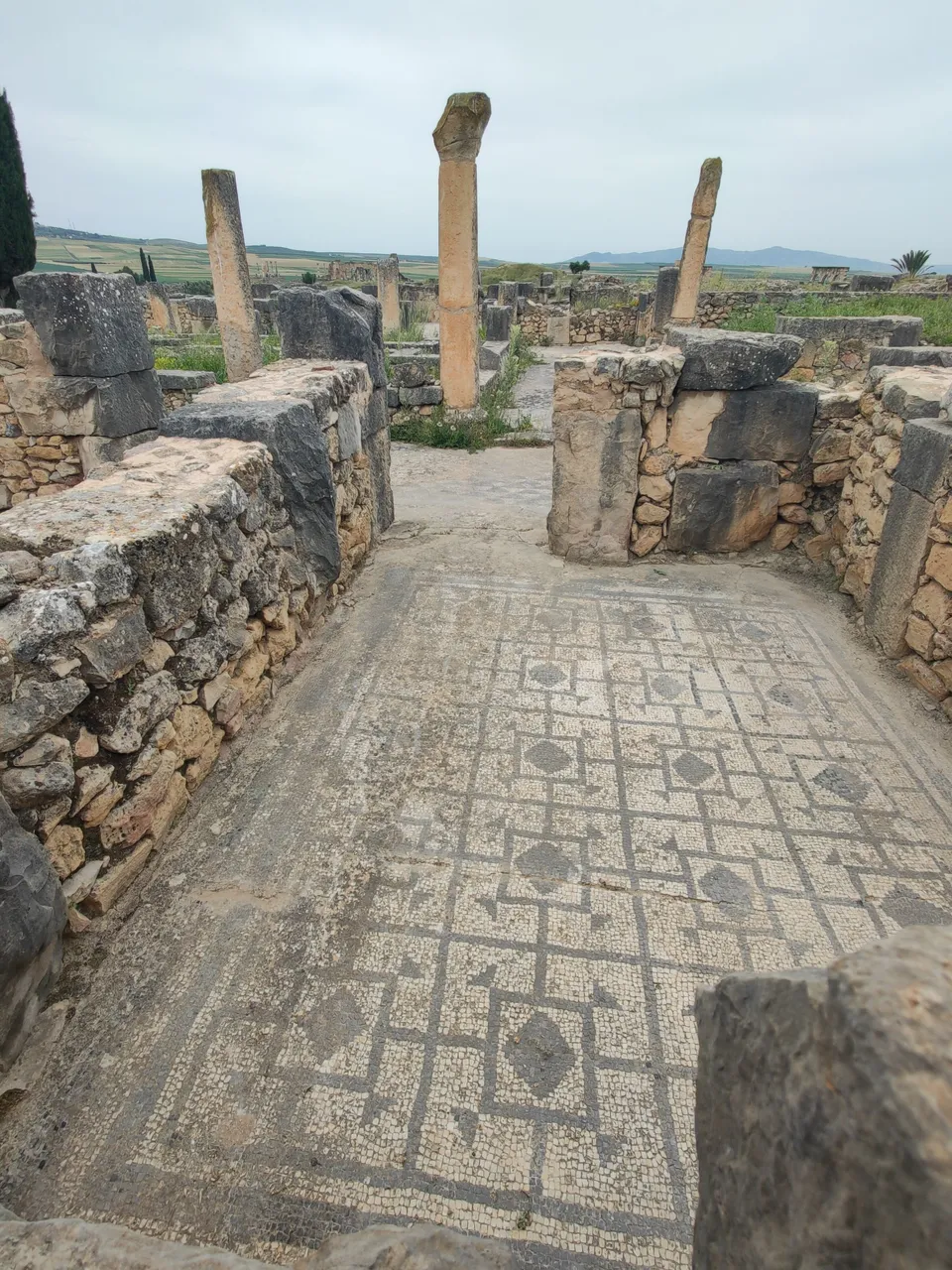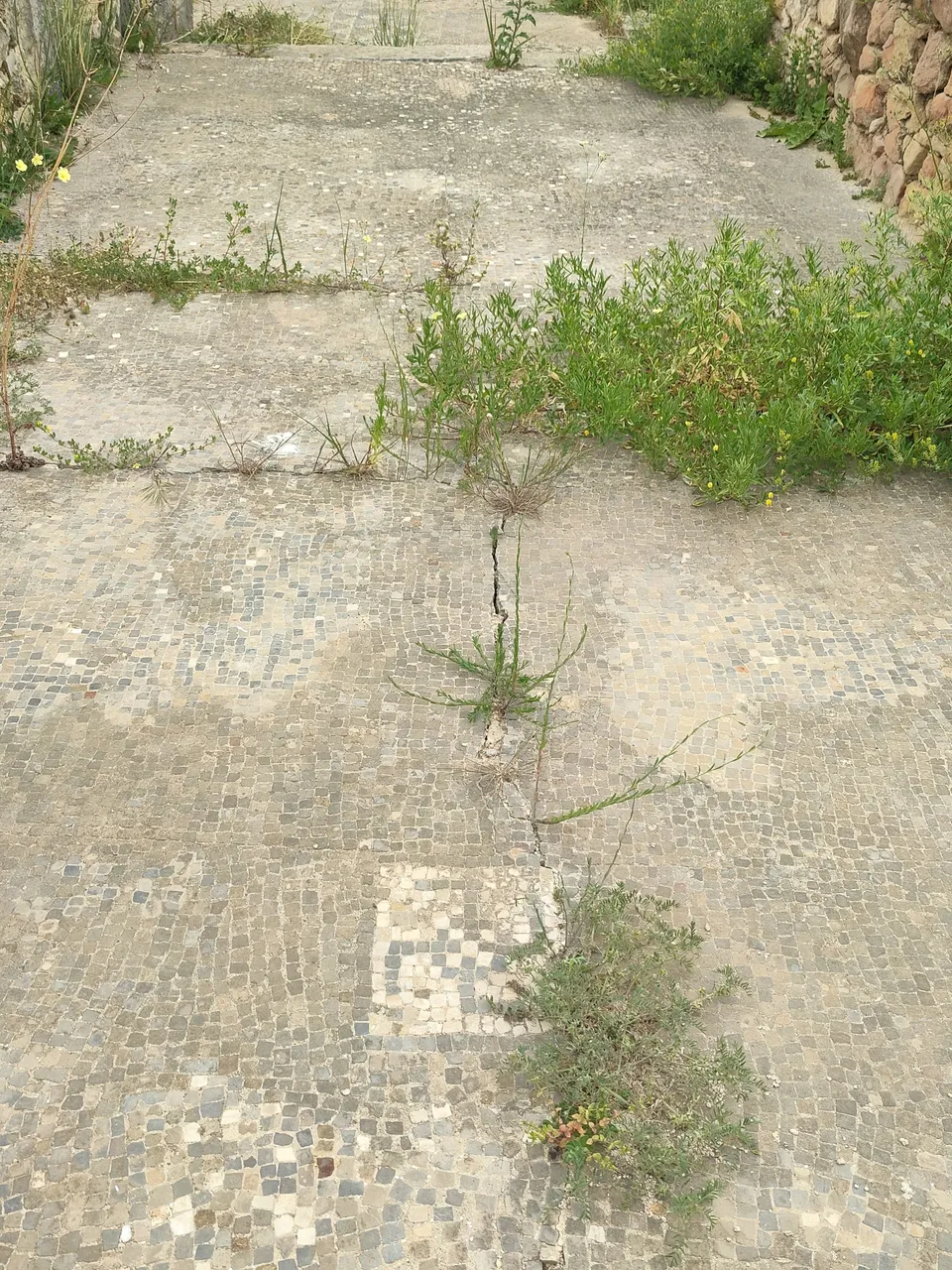Here's a secret about our travel plans - we don't really have any. We have a vague idea of the country or region we are going to, but we don't do a lot of research until a day or two before we arrive in a place. It makes for some interesting surprises! We heard of Volubilis from an Instagram friend who was there only a few days before, and after a Google, realized this was yet another UNESCO site in Morocco and we really think any UNESCO site is worth a visit.



Before we see the ruins, here's the UNESCO description.




Of course words on the page never do a place justice. The first thing we noticed about the place was it's situation in a stunning hilly landscape. It was a lot greener than we imagined Morocco could be. Spring is also a fantastic time to visit s the place abounds with more wildflowers than you could possibly imagine! I think it took us a while to shift focus to the ruins itself because we were so incredibly blown away from all the beautiful nature that tangled the stones.


As soon as we started to take it in, we were doubly blown away. This was an incredibly well preserved site and in fact was pretty intact before an 18th century earthquake tore it apart. Even the basilica itself was pretty huge. There were so many details that I've never seen in any Roman ruins before like the oil presses and even scrapes of doors across thresholds. It was really incredible to see the lay out of the city in such detail, from the external shops to internal baths and private villas. Usually I need a good nap or a visual to piece a site together but this was so clear to see.




It was really easy to imagine the place full of life, the fish mongers, the bakers, the bureaucrats. Some twenty thousand people loved here. After the Romans left, it was occupied for some 700 years by the Berbers. It really made me think about the genetic influence on North Africa as well. I'm sure there are descendants of Romans in the Moroccon human landscape. When you start looking at history in such a living way its interesting. I find the two tangle in such a poetic way in my head - the ancient voices and the living ones.


The mosaics were also next level. I haven't seen mosaics of this age so well preserved and only a rope across them to stop tourists walking over them! Bonkers. Open to the air and all.


The entry is only around 10 euros and you'll need a whole afternoon to enjoy it! We truly loved it.



It was funny, a lot of people hadn't even heard about it. I'd highly recommend adding it to your itinerary if you go to Morocco, especially in Spring. We finished off the visit with a cold fresh orange juice, and stayed at a campsite up the road with beautiful views of the 2000 year old olive plantations which pretty much ran the city for years, including for trade, oil lamps and heating and cosmetics and cooking. Some of the trunks were so old and gnarled!
With Love,

Are you on HIVE yet? Earn for writing! Referral link for FREE account here